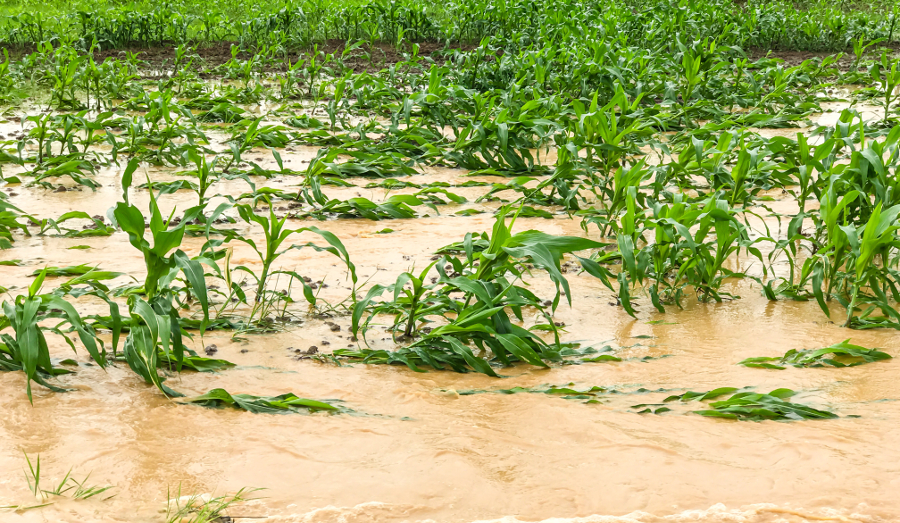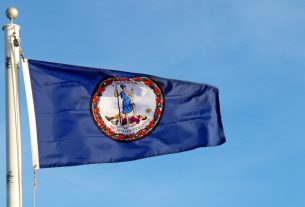According to a recent report from the Department of Agriculture, farmers in the US were unable to plant crops on more than 19 million acres of farmland this year. That’s the highest amount of unplanted land since data began to be kept in 2007, and it’s nearly 10 times as much unplanted land as at this time last year. That’s not only disastrous for thousands of farmers, it’s bad for American consumers who are starting to see the results show up as increased prices at the supermarket.
Overall in the US there are around 900 million acres of agricultural land, with a little over a quarter of that being considered prime agricultural land. That would mean that 2% of American farmland remained unplanted this year or, if all that unplanted land were prime farmland, about 7% of prime farmland went unplanted.
Most of that unplanted land was in the Midwest, which saw unprecedented levels of rain and flooding during planting season. Most of the crops that farmers weren’t able to plant included corn, soybeans, and wheat. Given the massive use of corn in everything from animal feed to consumer groceries, decreased corn production will result in price rises on packaged foods, meat, and anything else that uses corn as an input.
The figures for unplanted land conceal the severity of the problem, however, as even those acres that were able to be planted saw slow growth due to the persistent rain and flooding this year. This year’s harvest is expected to be one of the worst in years, which will also lead to increased prices at the supermarket this year.
Combined with international issues that are driving up pork prices and American shoppers will probably continue to see food price increases the rest of the year. Just taking a look at Labor Day specials demonstrated that sale prices aren’t anywhere near as low as they used to be. That, unfortunately, may be the new normal.
This article was originally posted on Red Tea News.





